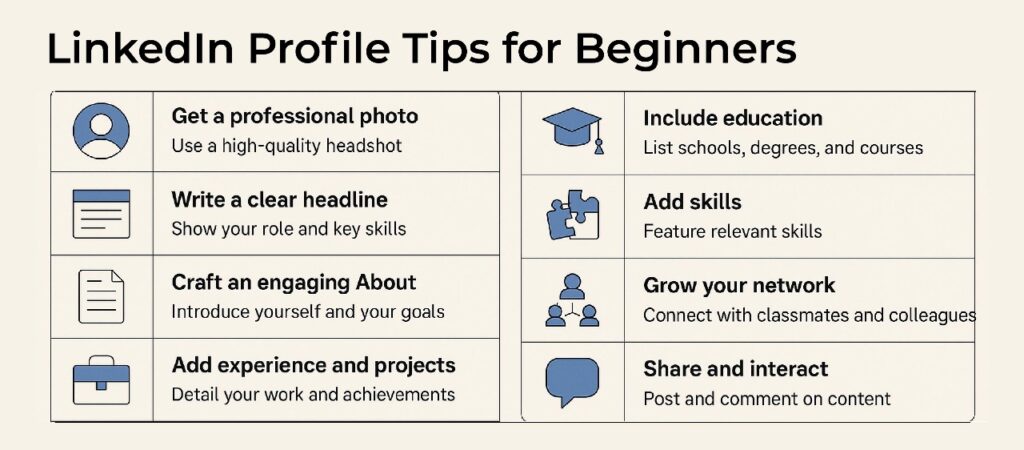Beyond the Code: Why Communication Skills Are Key for Data Analysts

In the data-driven world of today, technical skills like SQL, Python, and data visualization are non-negotiable for aspiring data analysts. However, there’s more to being a standout professional than mastering the technicalities. A recent study reveals that 93% of hiring managers rank communication skills as equally important as technical expertise when evaluating candidates for data analyst roles.
This insight highlights a critical shift: Your tech skills are only half the story.
The Communication Gap in Data Analysis
While technical skills enable analysts to mine, process, and visualize data, communication bridges the gap between raw numbers and actionable business insights. Consider this scenario:
- A data analyst identifies a pattern indicating potential customer churn.
- They present the finding with detailed charts but fail to convey its significance or actionable steps.
- The opportunity to mitigate the issue is lost, not because of flawed analysis, but due to ineffective communication.
In a competitive job market, the ability to articulate findings clearly and persuasively is a game-changer.
Why Communication Skills Matter
- Simplifying Complexity:
Most stakeholders are non-technical. Bombarding them with jargon can alienate them and dilute your impact. Communicating insights in simple, relatable terms ensures your analysis resonates. - Driving Action:
Data analysis isn’t just about identifying trends—it’s about influencing decisions. Your ability to present actionable insights effectively can directly impact business strategies. - Collaborating Across Teams:
As data analysts often work cross-functionally, clear communication fosters collaboration, aligning diverse teams with data-driven goals.
Sharpening Your Communication Skills
To become an exceptional data analyst, you need to refine how you deliver your insights. Here are three strategies to get started:
1. Practice Simplifying Insights
Tip: Break down your analysis for non-technical audiences. Instead of saying, “The regression model shows an R² value of 0.87,” say, “This model predicts customer behaviour with high accuracy.”
Exercise: Regularly explain your findings to someone without a data background to refine your ability to simplify.
2. Rehearse Storytelling
Numbers on their own don’t captivate; stories do. Structure your presentation with:
- A beginning: What problem are you solving?
- A middle: What data and methods were used?
- An end: What’s the key takeaway or recommended action?
Pro Tip: Use visuals like charts and infographics to complement your narrative.
3. Focus on Actionable Insights
Stakeholders are busy—they need clarity on what to do next. When presenting, emphasize insights that directly inform decisions. For example:
- Finding: “Sales dropped by 15% last quarter.”
- Actionable Insight: “Focus marketing efforts on Product A, which saw the steepest decline.”
The Winning Formula
Technical proficiency in SQL, Python, and data modelling may land you an interview, but your ability to communicate effectively is what will elevate your career. In a world overflowing with data, the analysts who can make sense of it—and inspire action—are the ones who truly stand out.
Your Next Steps
Ask yourself:
- Can I explain my analysis in a way my grandmother would understand?
- Am I crafting a narrative, or am I just presenting numbers?
- Do my insights drive decisions, or are they just information?
If you’re ready to elevate your data career, start honing your communication skills today. Remember, being a great analyst isn’t just about what you know—it’s about how well you share what you know.






Responses